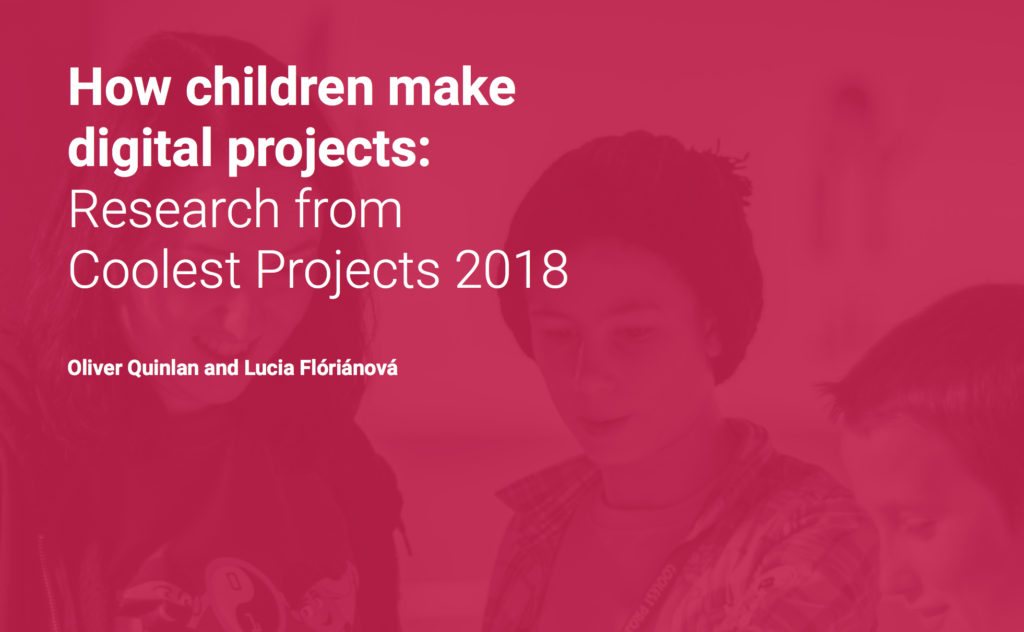New research finds that participating in Coolest Projects builds confidence in children, teaches them how to solve problems, work in teams, and develop skills while working towards an ambitious goal.
The research was conducted by the Raspberry Pi Foundation research team at the Coolest Project events in London (UK) and Dublin (International).
Researchers Oliver Quinlan and Lucia Flóriánová interviewed teams to find out about their projects, what they learnt, and their participation in the event. The focus was on the impact of Coolest Projects and the activities around it on the young people.
Here we break down some of the key findings according to the skills explored:
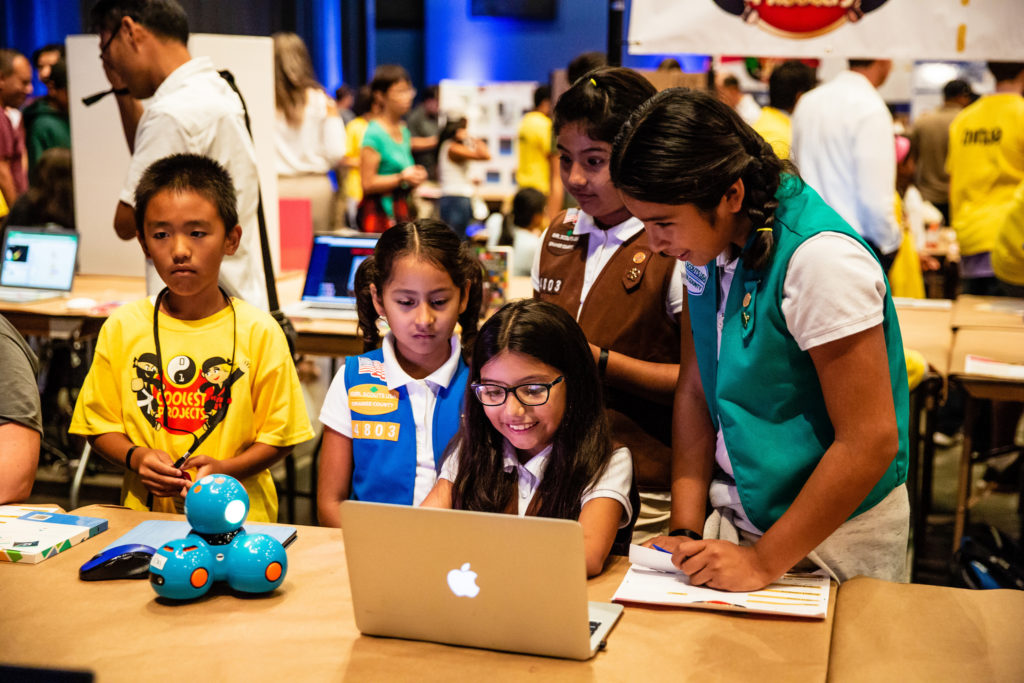
- Project-planning: How children have to balance the relationships between their ideas, the technology available, and their skills, in order to create a successful project.
The research found that some children start with an idea or a problem to be solved, and their project is driven by trying to address this. Others start with the technology they have at their disposal or they want to explore, and then consider the ideas it could be applied to. Others still start by looking at and reflecting on their own skills, and explore how to express these skills in interesting ways.
“Negotiating between the idea or problem, the technology to use, and the skills required is key to a successful project.”

- Time-management: Most teams spend a long time on their projects across a range of contexts, both in and outside of clubs and Dojos.
When asked how long they worked on their projects, the researchers reported “It was a question children often found difficult to answer specifically.”
This was because most projects had evolved over a long period of time, not only in structured sessions such as CoderDojos but also during get-togethers at each other’s houses, in spare moments, late into the night, and even on the train on the way to the event.
The report noted that while this is very positive in terms of the passion and experience of children already involved, it is important to note it may be difficult for children whose circumstances do not allow them to spend time independent of a structured session to engage with digital making.
They recommended that “As we grow the reach of Coolest Projects, we need to consider how we enable these children to create projects they feel are complete enough to share.”
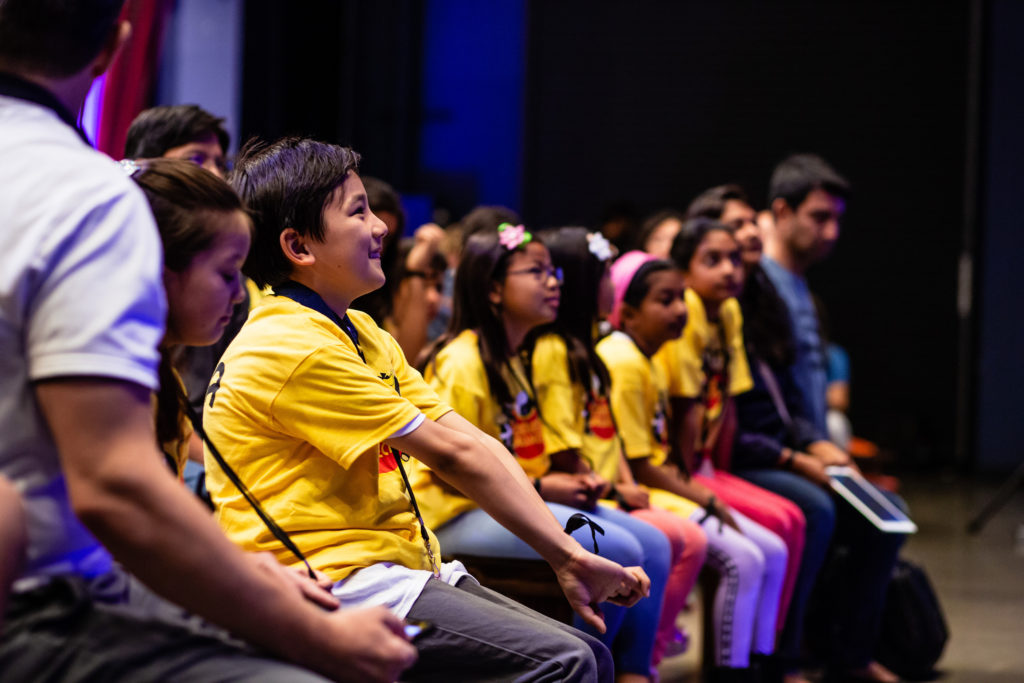
- Aspiration: Seeing other people’s projects inspires children, builds their confidence in their own work, and raises their aspirations for future projects.
When researchers asked people to name the best thing about Coolest Projects, the most common response was that it was the chance to see other projects – that they were impressed with the more advanced projects they saw, and this encouraged them to create something even more ambitious in the future.
Others said it was reassuring to see that their projects were on a similar level to others they saw.
One team member said that seeing projects from people his own age or younger made him realise he was capable of even more than he had already achieved.
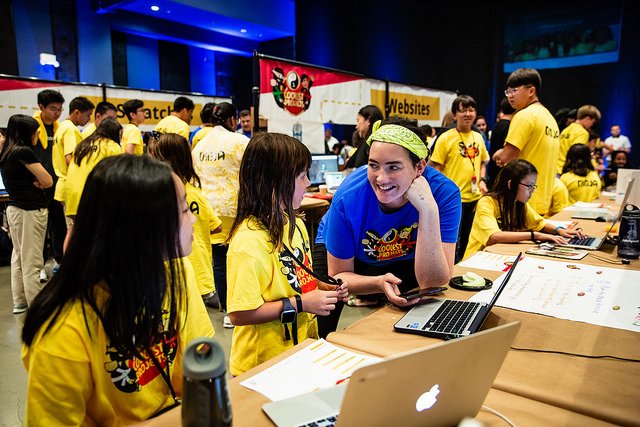
- Learning: What children learn preparing for Coolest Projects is as diverse as the projects themselves, ranging from many specific technical skills to soft skills and confidence.
Children often identified gaps in their knowledge and were motivated to fill them as necessary to accomplish a task. They successfully learnt new concepts and approaches to troubleshoot problems in their projects. They applied what they learnt straight away in the context of their project, making the learning highly relevant.
Some focused on higher-level and more transferable skills, such as working as a team, on specific technical skills, such as interfacing with certain pieces of hardware, or learning how to achieve new things using programming languages.
These were all expressed as a means to an end: a concept that had been learnt to achieve something they wanted to do, or fix something that wasn’t working in their projects.
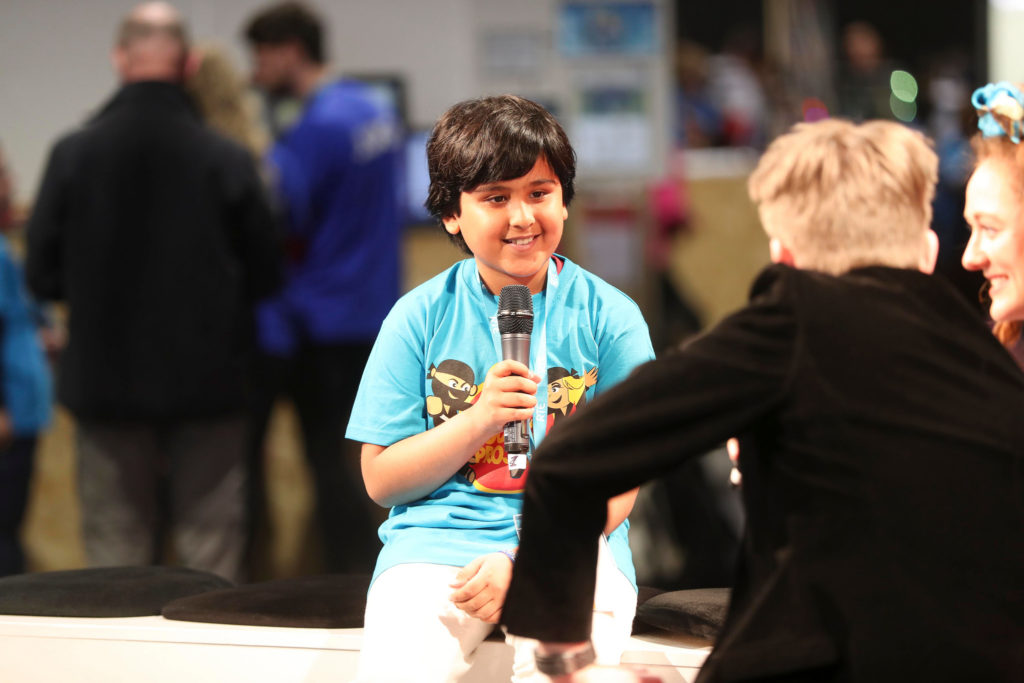
- Confidence: Coolest Projects puts children in a situation where they have to talk to a lot of strangers, but are talking about something that they know a lot about and that their audience is interested in, allowing them to develop confidence in presenting.
Across both events, researchers reported that children benefited from a chance to present a project that they had worked on for some time and understood deeply. “Even those who initially seemed shy presented their projects with confidence”, they said.
“Presenting at an event like this can be a daunting experience, but talking about a concrete project that they know intimately gives many of them them a strong foundation to do this well”.
The report notes that through speaking to others about something that they (young creators) understand well, they experience success and can gain confidence and become more comfortable with presenting in general.
One girl commented, “Everyone at the event is interested in your project and that makes you feel confident in sharing it with them”.
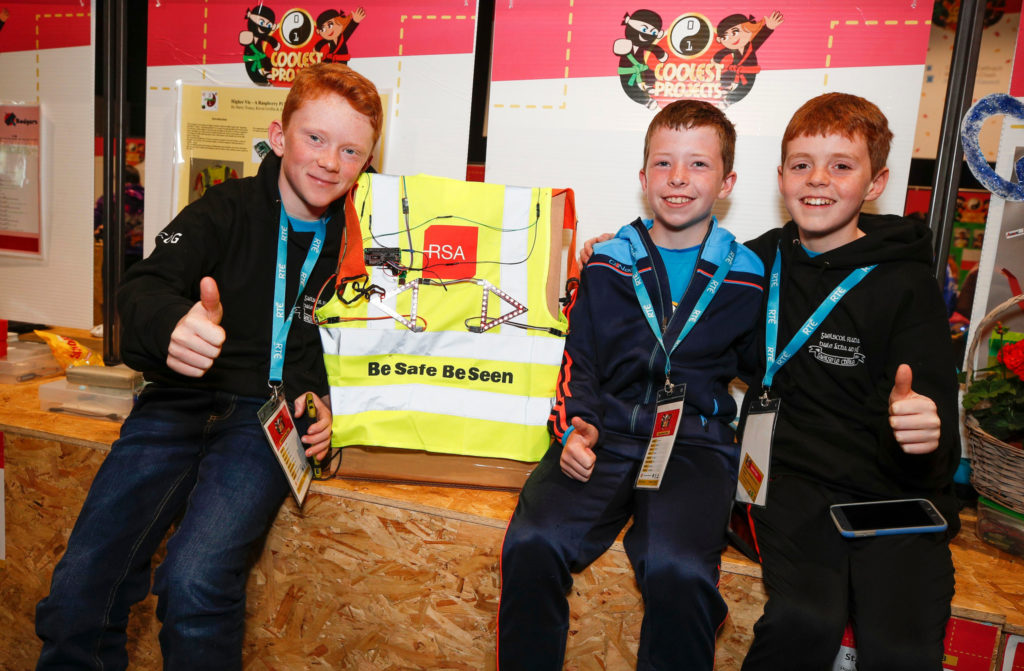
- Teamwork: Some teams collaborate very flexibly; in others, participants take on specific roles.
Sometimes these were roles related to technical aspects, such as C Programmer, Python Programmer, or Hardware Engineer. In other teams the roles adopted were very different, such as one child writing the story and art for a game and another doing the programming, or one doing the programming and another writing the music.
There are a lot of positive aspects to this kind of collaboration, and the specialisation of roles and use of different skills supports recent academic work on effective collaborative learning.
However, there were some teams where some children specialised in non-technical roles, leaving technical tasks to others rather than developing the technical skills to realise their own ideas. However, the report acknowledged the role of ‘legitimate peripheral participation’ as an important first step.
“Some children may contribute less to projects than others, but taking part in more superficial ways is a crucial first step to becoming part of a community…and begin a journey to becoming successful practitioners themselves.”

- Appreciation: The support of parents and club leaders is essential to facilitating children’s involvement in this event, and the children clearly recognise the support adults give them.
It was clear in many interviews that club and Dojo leaders greatly influence children to be ambitious and aim to create a project they can proudly share at Coolest Projects.
Parents do not need to be technical themselves; they just need the attitude that digital making is worthwhile.
Having supportive parents is in most cases a prerequisite for attending an event like Coolest Projects given the context. However, these parents do not need to be technical themselves; they just need the attitude that digital making is worthwhile.
For those in need of more support, the report recommended that Coolest Projects can improve the support and structures for club leaders or teachers to bring children to the event if parents are not able to do so, in addition to the existing travel bursaries.
You can read the full report here: https://www.raspberrypi.org/app/uploads/2018/12/How-children-make-digital-projects-2018.pdf
